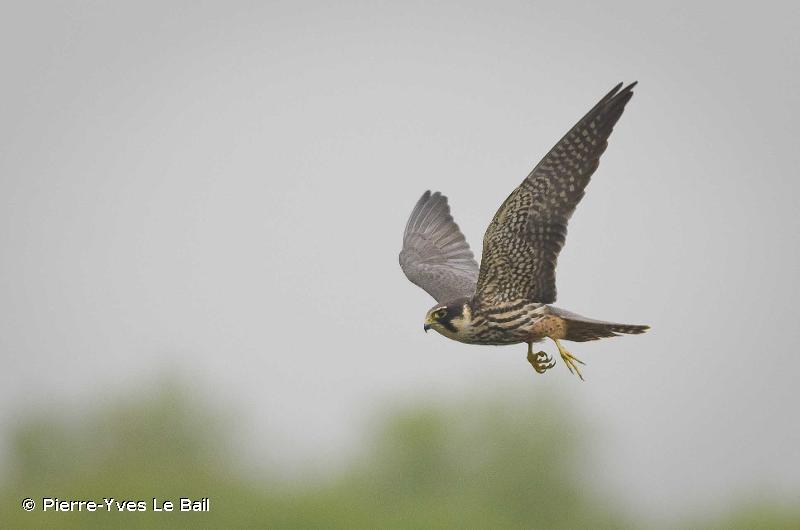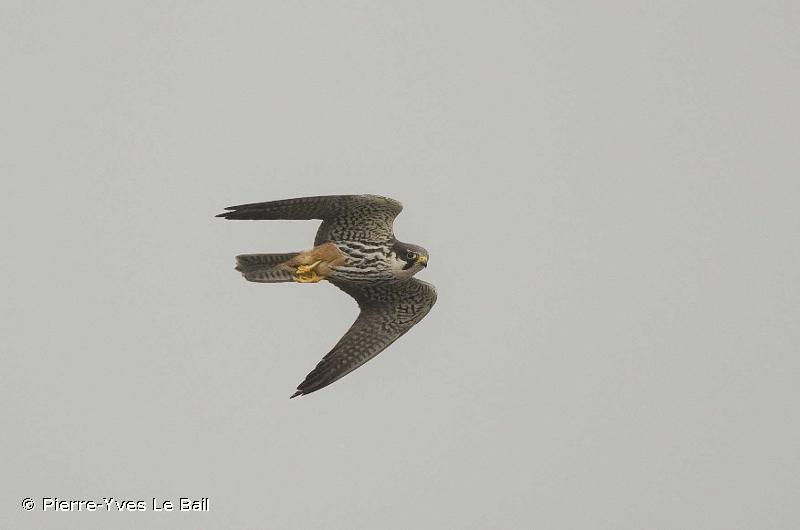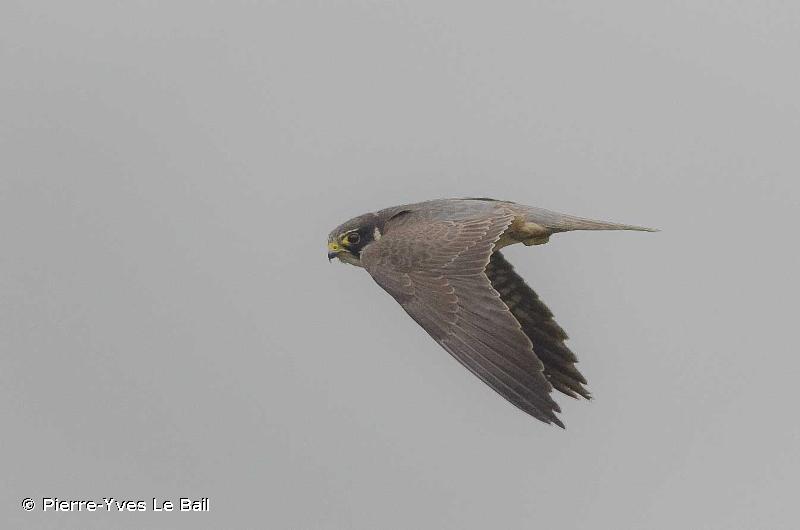
cd_nom

| Author : Pierre-Yves Le Bail |
 |
To get the picture, please visit:
Pierre-Yves Le Bail
email : inpn@mnhn.fr
Despite the Creative Commons license, please inform the author of the use which will be made of his photo

| Author : Pierre-Yves Le Bail |
 |
To get the picture, please visit:
Pierre-Yves Le Bail
email : inpn@mnhn.fr
Despite the Creative Commons license, please inform the author of the use which will be made of his photo

| Author : E. SANSAULT - ANEPE Caudalis |
 |
To get the picture, please visit:
Eric Sansault
ANEPE Caudalis
email : inpn@mnhn.fr
Any reuse of one or more photographs on this site is subject to an authorization request from the author.
Link to the Code of Intellectual Property (Legifrance)

| Author : Pierre-Yves Le Bail |
 |
To get the picture, please visit:
Pierre-Yves Le Bail
email : inpn@mnhn.fr
Despite the Creative Commons license, please inform the author of the use which will be made of his photo

| Author : O. Roquinarc'h |
 |
To get the picture, please visit:
Océane ROQUINARC'H,
Muséum national d'Histoire naturelle,
Service du Patrimoine Naturel,
4 Avenue du Petit Château,
91800 BRUNOY
mail : oroquinarch@mnhn.fr
Despite the Creative Commons license, please inform the author of the use which will be made of his photo
Taille/poids :
Longueur totale : 30 à 31 cm. Poids : 224 à 257 g.
Diagnose :
Le Faucon hobereau est un petit faucon à l'allure élégante. Observé de loin, l'aspect général sombre, les ailes effilées et la queue assez courte rappellent la silhouette d'un grand martinet. De plus près, le dessus de la tête et du corps sont brun ardoisé, plus pâle au bas du dos. Les côtés de la tête et la moustache sont noirs avec un sourcil fin blanc crème. Les côtés du cou et la gorge sont d'un blanc éclatant. Le dessous est blanc largement rayé de brun noir avec le ventre et les culottes d'un roux vif, caractéristique des adultes.
Détermination :
Simple. Facile sur photo.
Espèces proches :
Le Faucon hobereau peut être confondu en vol avec le Faucon pèlerin, Falco peregrinus, nettement plus massif et de taille supérieure ou avec le jeune Faucon kobez, Falco vespertinus, plus petit, qui a la tête plus claire. Dans les pays méditerranéens, la confusion est possible avec le Faucon d'Eléonore, Falco eleonorae, de phase claire, mais celui-ci diffère par sa taille plus importante et sa queue proportionnellement plus longue.
Période d'observation :
Avril à octobre.
Biologie-éthologie :
Les oiseaux et les insectes constituent l'essentiel du régime alimentaire du Faucon hobereau, grand spécialiste de la chasse en vol. Les hirondelles sont régulièrement capturées notamment dans les dortoirs en été. Parmi les insectes, les libellules et les coléoptères de forte taille sont les plus recherchés.
Biogéographie et écologie :
Le Faucon hobereau niche en Europe et à travers la majeure partie de l'Asie. C'est un migrateur au long cours, les populations européennes passant l'hiver en Afrique australe. Il apprécie les paysages semi-ouverts comportant bois, landes, prairies et cultures de préférence à proximité de zones humides. Les couples nicheurs s'installent en général dans les arbres dominants des boqueteaux.
Compilé par J. Comolet-Tirman à partir des Cahiers d’habitats.(UMS 2006 Patrimoine Naturel (AFB / CNRS / MNHN)),2017
Continental
Metropolitan France
Overseas
Marine
Metropolitan France
Overseas
The map presents a summary at the 10 x 10 km grid of the observation data for the species transmitted to the SINP. These data have been subjected to validation filters.
The map presents a reference distribution layer of the species at the scale of departments and marine sectors. The presence and absence data were established by expertise within a network of partners. This reference distribution is used in the validation process of the SINP data at the INPN level.
Corresponds to a report on the basis of at least one observation proved within a period of 10 years (20 years for little-known invertebrates) preceding the year and no presumption of extinction since obtaining the last data nor doubt on reproductive and implemented nature of this population. For migratory species, the presence indicated concerns areas of reproduction.
This status is based on one or more of the following criteria:
This point covers the absence, more difficult by nature to demonstrate than presence. This status is based on one or more of the following criteria:
This status must be assigned to a department in which the presence of the species is casual.
Particular case of absence due to a proven extinction less than a half century ago (older disappearances are treated as "no probable or definite").
In the state of knowledge, we can not comment on the presence or absence in the current department. This is the default status when not comprised in one of the previous categories or whenever there is doubt.
The map shows the global distribution of the species based on GBIF data (Global Biodiversity Information Facility).
